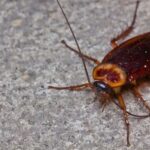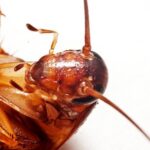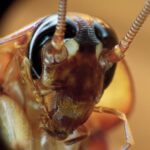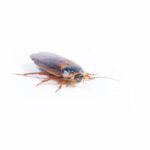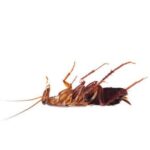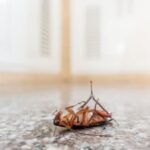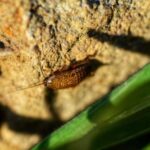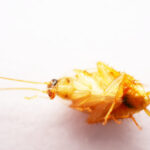Why Can Cockroaches Survive Radiation?
A recent study found that cockroaches can survive radiation at doses that would kill humans. Cockroaches exposed to 1,000 rads of radiation survived for about 30 days, while only a few percent survived after exposure to a 10,000 rads dose. Obviously, this is not a lot of radiation to survive, but it is enough to kill humans.
Cockroaches are not immune to radiation, but their cells divide more slowly than those of humans, which means they are more vulnerable to radiation damage during the dividing phase of cell division. Cockroach cells divide before the animal molts, whereas human cells are constantly dividing. This means that if they were exposed to radiation during a molting period, the roaches would only be exposed to the radiation during that period.
Although cockroaches do not thrive in environments where radiation is high, they are far more resilient than humans and fruit flies. While human life does not live on earth after a nuclear war, cockroaches can survive even high levels of radiation, and this fact is not surprising considering their role as an unpaid house cleaner. Fortunately, there are a number of beautiful species of cockroaches, including some that can be found in Australia. One particular type is called the Mardis Gras cockroach, which has yellow patterns on its plates and bright blue legs with black spots.
Cockroaches are known as hardy creatures, and some researchers believe that cockroaches could survive nuclear Armageddon. Their fossil record dates back 300 million years, predating dinosaurs by 70 million years. Cockroaches are cold-blooded, meaning they do not require a large amount of food to survive. They also have ganglia throughout their body, which make them capable of reacting to stimulus. Even if they are severely injured, cockroaches can still stand and move around.

